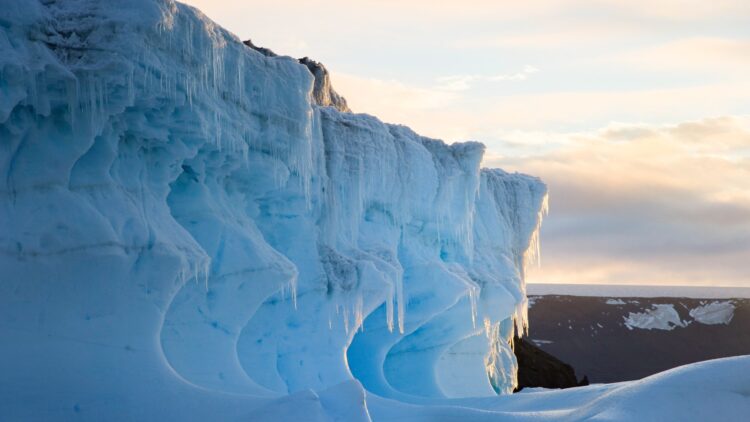Coming across a hole in the Antarctic that is larger than Maryland might well be a reason for concern. In 2016 and 2017, scientists saw just that: gaping wide in the middle of Antarctica’s Weddell Sea were holes in the sea ice that were enormous.
These holes, called polynyas, hadn’t been noticed on this scale since the 1970s, by the time when New Zealand-sized holes were captured on satellite cameras. For a long time, they were a mystery. But thanks to years of data from robotic floats, the aforementioned satellite pictures, and even seals wearing sensors, scientists at the end have a solid, if not simple, explanation.
Theco-author of the paper Stephen Riser, a UW professor of oceanography, has explained that this study proves that this polynya is in deed caused by a number of factors that all have to line up for it to happ and, in any given year it could have several of these things occur, but unless you get them all, then you don’t get a polynya.
What is a polynyas? Get to know what are
In the case your aim is to make your own polynyas on your planet, all you need is: an Antarctic sea, very salty surface waters and powerful winter storms. Simply use your storm to stir the ocean and mix the warm deep water up to the surface, where it melts the ice and maintains it from refreezing. By doing so, the ocean is always turning itself over, keeping the hole open for weeks or even months.
“Essentially it’s a flipping over of the entire ocean, rather than an injection of surface water on a one-way trip from the surface to the deep,” said co-author Earle Wilson.
If we take a look, on Earth, all the polynyas happen in the same place: just above an underwater mountain konwn as Maud Rise. This is because of the fact that the mountainside creates a spinning current that traps warmer water, helping keep the hole open. While it’s open, nature takes advantage, and penguins use the polynya as an oasis in the ice, while whales and seals use it to stick their heads out of the water and get some air.
Some concerns about the effect of polynyas on the climate
There is, nevertheless, some preocupations related to the effects that polynyas may have on the climate, given the fact that they could release centuries-old carbon stored away deep down in the depths. “This deep reservoir of carbon has been locked away for hundreds of years, and in a polynya it might get ventilated at the surface through this really violent mixing,” lead author Ethan Campbell said. “A large carbon outgassing event could really whack the climate system if it happened multiple years in a row.”
“We need to improve our models so we can study this process, which could have larger-scale climate implications”, concluded Riser.
An appearance forty years later
When the first satellites were launched in the mid-1970s, the first images of polynyas appeared in 1974, 1975 and 1976, also in the Waddell Sea. They were close to the size of New Zealand and showed a great capacity to remain in spite of the low temperatures. However, the phenomenon was not recorded again until 2016 and 2017. “We thought this large hole was a rare occurrence, perhaps a process that had disappeared. But the events of 2016 and 2017 showed us that this was not the case,” reported Ethan Campbell, director of the research. That the phenomenon was occurring again after four decades without being recorded led the researchers to question the reasons, as well as to wonder if climate change could be altering this phenomenon.
Following the investigation, Campbell and his team concluded that “observations have shown us that the recent polynyas opened because of a combination of factors: one being unusual ocean conditions and the other a series of intense storms that swirled around the Weddell Sea with almost hurricane force”.

